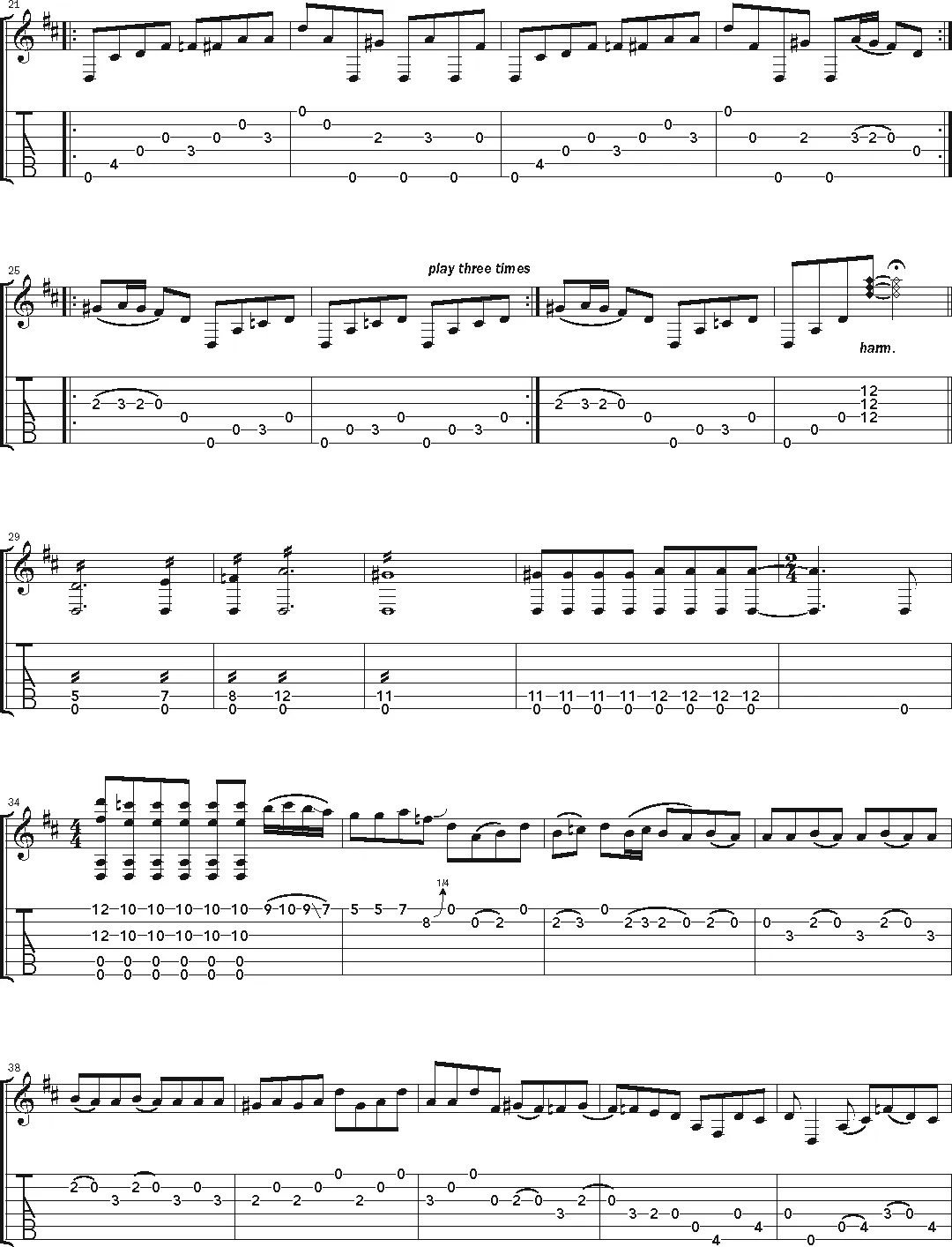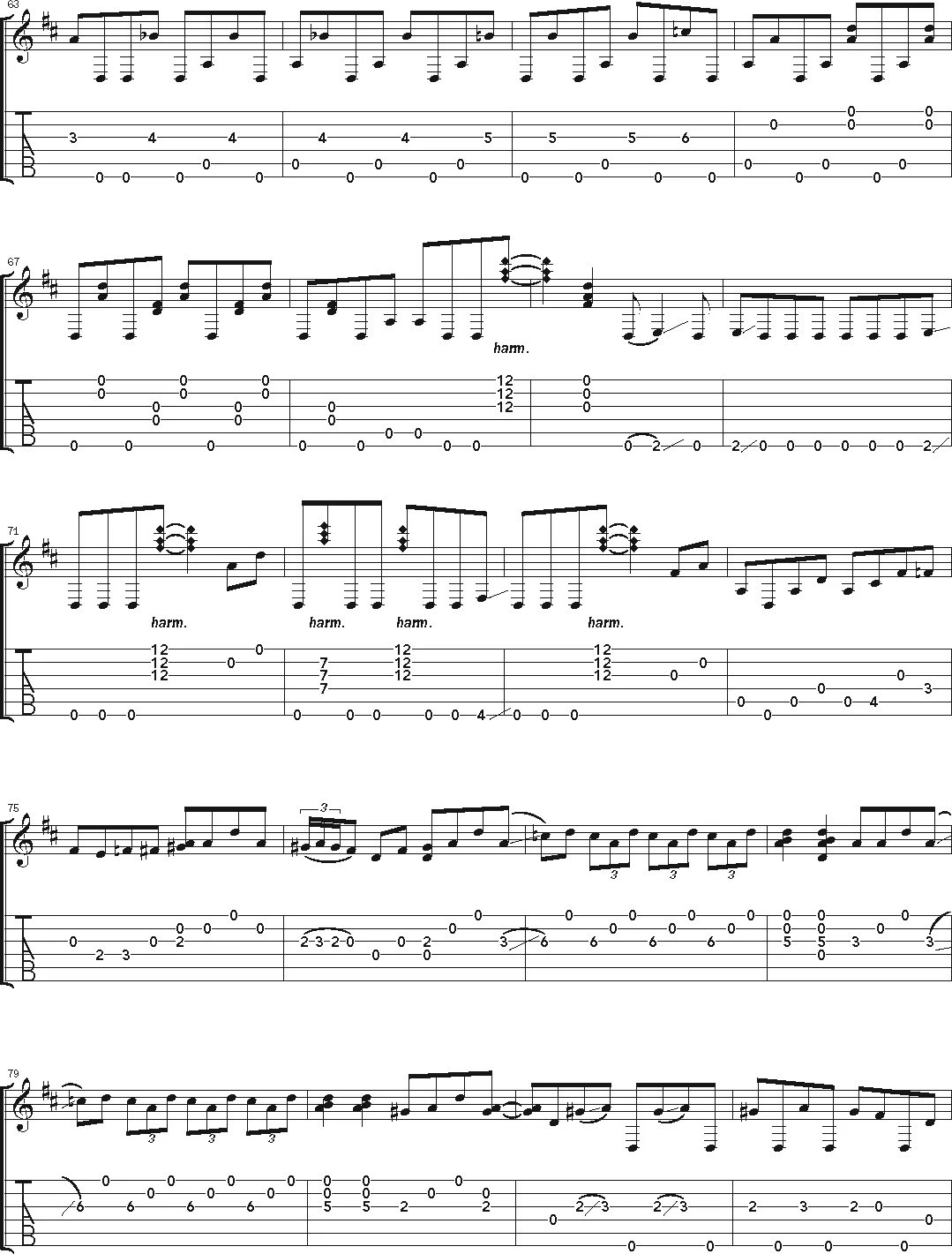Billy Strings has captivated the modern music scene with his electrifying bluegrass guitar skills, blending traditional roots with psychedelic exploration. His improvisational prowess and deep musicality are on full display in “Guitar Peace,” a track from his 2019 album Home. This instrumental piece offers a fascinating glimpse into Strings’ creative process and his unique approach to the guitar. Inspired by an unexpected source, “Guitar Peace” is more than just a song; it’s an experiment in sonic textures and soulful expression, revealing a different facet of Billy Strings Guitar artistry.
The Genesis of “Guitar Peace”: From Documentary Inspiration to Studio Experiment
The seeds of “Guitar Peace” were sown on a quiet evening when Billy Strings watched Martin Scorsese’s documentary, George Harrison: Living in the Material World. He was particularly struck by the segments featuring Ravi Shankar and the profound depth of Indian music. The next day, this inspiration followed him into Blackbird Studio in Nashville. During a break in recording sessions, Strings found himself alone with a vintage early-1940s Martin 000-28 guitar. He asked engineer Glenn Brown to keep the tape rolling, tuned the guitar to an open D variation (lowering strings 1 and 2 to D and string 3 to F#), and entered a state of creative exploration.
With Brown adding droning harmonium sounds, Strings embarked on a four-minute improvisation based on a riff sparked by the documentary. He experimented with various right-hand techniques – tremolo picking, cross-picking, and string skipping – shifting between free-flowing time and a more structured rhythm. Strings described it as a quest to “play from my soul, make something up on the spot, and find weird things that worked. It was a total experiment.” The later addition of a Buchla synthesizer further enhanced the song’s otherworldly atmosphere.
Deconstructing Billy Strings’ Guitar Techniques in “Guitar Peace”
“Guitar Peace” is a masterclass in texture and improvisation within a harmonically static landscape. The open D tuning (DADF#D) is crucial to the song’s unique sonic character, transforming the guitar fretboard and inviting exploration of new melodic and harmonic possibilities. This tuning creates a drone-like foundation, allowing Strings to weave intricate patterns and textures on top.
 Billy Strings Guitar Peace music notation sheet 2
Billy Strings Guitar Peace music notation sheet 2
Billy Strings Guitar Peace sheet music part 2 showcasing guitar tab notation for learning the song’s intro and main riff.
Strings’ right-hand technique is central to the piece. He employs tremolo picking to create sustained, shimmering notes, cross-picking for rhythmic drive, and string skipping to jump across the fretboard with agility. The main riff, appearing in bars 13–16 of the transcription, highlights the song’s harmonic simplicity and its Indian music influence. The absence of chord changes throughout “Guitar Peace” emphasizes melodic and rhythmic development. The raised fourth (G# in the key of D) adds a distinct flavor, reminiscent of Indian scales and modes, directly reflecting the Ravi Shankar inspiration.
Gear and Tone: The Choice of a Vintage Martin
The selection of an early-1940s Martin 000-28 guitar for this recording session is also noteworthy. These vintage Martins are prized for their balanced tone, responsiveness, and rich harmonic complexity, making them ideal instruments for exploring nuanced playing techniques and improvisational ideas. The specific characteristics of this guitar undoubtedly contributed to the warm, resonant sound of “Guitar Peace.” While the article doesn’t delve into amplification or effects, the focus remains on the raw sound and expressive capabilities of Billy Strings’ guitar and his playing style.
Learning “Guitar Peace” and Embracing Improvisation
For guitarists wanting to delve into “Guitar Peace,” the provided transcription is a valuable starting point. Focusing on the main riff and mastering its clean and even picking is essential. Pay attention to letting notes ring together and navigating string changes smoothly. Once the main riff is comfortable, exploring variations and incorporating techniques like pull-offs and harmonics, as seen in bars 17–20 and 25–28, will deepen your understanding.
 Billy Strings Guitar Peace music notation sheet 4
Billy Strings Guitar Peace music notation sheet 4
Billy Strings Guitar Peace sheet music part 4 illustrating guitar tab notation for variations and improvisational sections of the song.
However, truly capturing the spirit of “Guitar Peace” lies in embracing improvisation. Billy Strings himself encourages players to “reach into your heart and play what you feel. Play your guitar as if you’re humming a melody.” “Guitar Peace” is not about rigid replication but about using the provided riffs and techniques as a springboard for personal musical expression.
Conclusion: The Soulful Experimentation of Billy Strings
“Guitar Peace” stands as a testament to Billy Strings’ guitar virtuosity and his willingness to experiment and draw inspiration from diverse sources. It’s a piece that showcases his technical command, his improvisational spirit, and his deep connection to musical feeling. By deconstructing the techniques and inspiration behind “Guitar Peace,” guitarists can gain valuable insights into Billy Strings’ unique approach and be encouraged to explore their own musical boundaries. This instrumental track is not just a song; it’s an invitation to find your own “guitar peace” through soulful and inventive playing.

